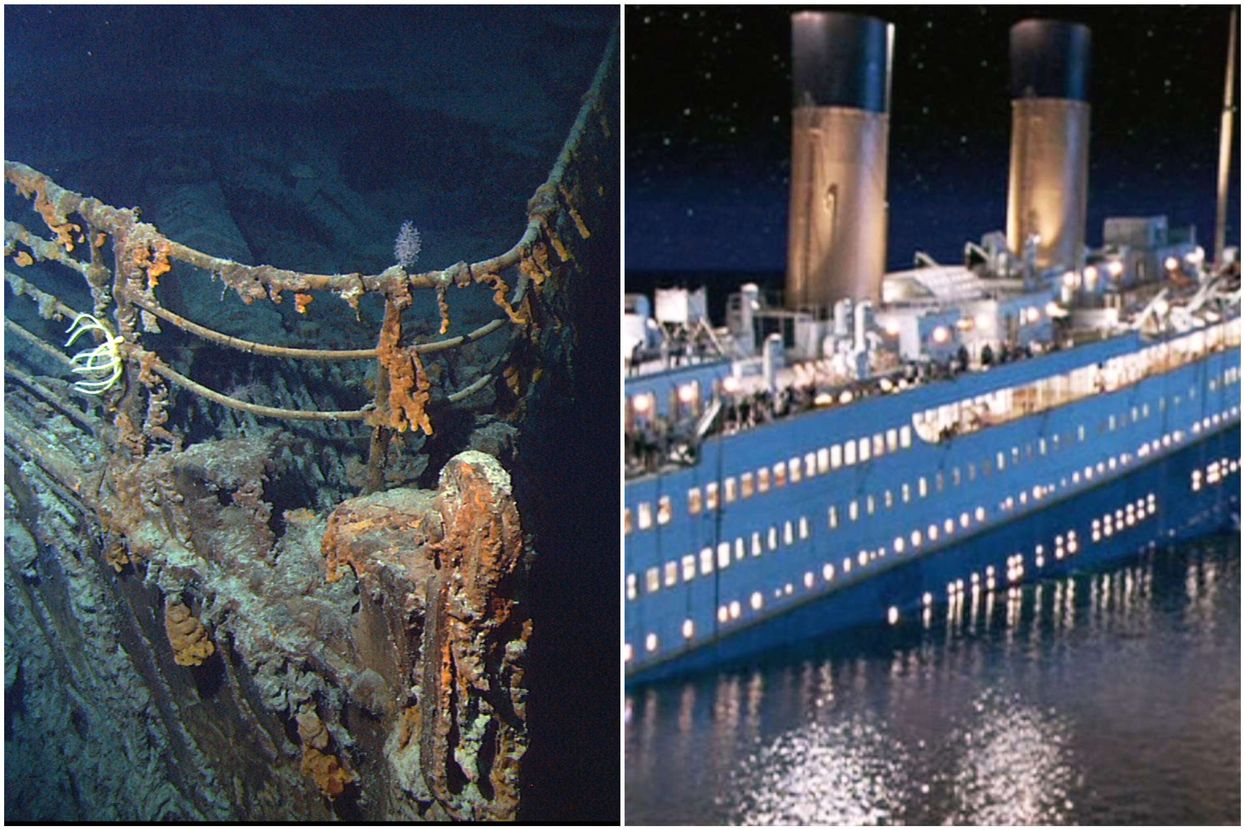Harriet Brewis
Jul 09, 2025
The Titanic is Disappearing
Underknown - INSH / VideoElephant
The Titanic – a symbol of hubris and human tragedy – has been a source of fascination for more than 112 years.
But, the fact is, the sunken ocean liner was more than just movie fodder or a deep sea explorer’s holy grail, it was a very real ship on which more than 1,500 people died.
And yet, whilst experts – using the most sophisticated submersible and underwater filming equipment – have found some extraordinary relics from the wreckage, they have never found any skeletons or bones.
“I’ve seen zero human remains,” James Cameron, director of the iconic 1997 film, told the New York Times back in 2012.
“We’ve seen clothing. We’ve seen pairs of shoes, which would strongly suggest there was a body there at one point. But we’ve never seen any human remains."
Given that Cameron has visited and explored the wreck some 33 times (and claims to have spent more time on the ship than the ship’s captain), if he hasn’t seen any human remains we can assume that there really aren’t any there. So why is this?
It’s a question that has recently been perplexing Reddit users but, luckily, it has some relatively simple answers.
Life jackets
Whilst there was a notoriously insufficient number of lifeboats on the ship, many passengers and crew members still managed to put on life jackets. This means that they remained buoyant even after they succumbed to the freezing cold waters of the Atlantic.
And so, when a storm followed the sinking of the “unsinkable” ship, they were likely swept away from the site of the wreckage and carried further away over subsequent weeks and years by ocean currents.

The depth of the wreckage
Bones have been found on shipwrecks far older than the Titanic and yet, none have remained on the liner.
Whilst this is partly due to the work of deep sea scavengers, such as fish and other organisms, as IFL Science notes, it is also likely a result of the depth at which the ship lies.
"The issue you have to deal with is, at depths below about 3,000 feet (around 914 metres), you pass below what's called the calcium carbonate compensation depth," deep-sea explorer Robert Ballard explained to NPR back in 2009.
"And the water in the deep sea is under saturated in calcium carbonate, which is mostly, you know, what bones are made of. For example, on the Titanic and on the Bismarck, those ships are below the calcium carbonate compensation depth, so once the critters eat their flesh and expose the bones, the bones dissolve."
Nevertheless, some people believe that there may still be some preserved bodies in sealed off parts of the ship, such as the engine room.
This is because fresh oxygen-rich water that scavengers rely on may not have been able to enter these areas.
Nevertheless, more than a century since the tragedy, it seems likely that such searches for remains would be fruitless.
And we’re better off letting the victims rest in peace and preserving their memory instead.
This article was originally published on 17 July 2024
Sign up for our free Indy100 weekly newsletter
How to join the indy100's free WhatsApp channel
Have your say in our news democracy. Click the upvote icon at the top of the page to help raise this article through the indy100 rankings
Top 100
The Conversation (0)













